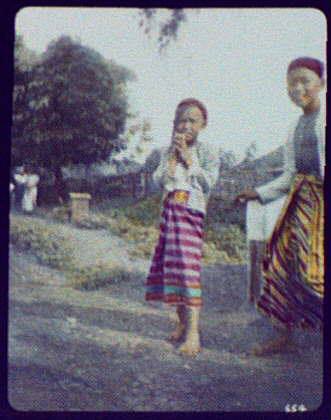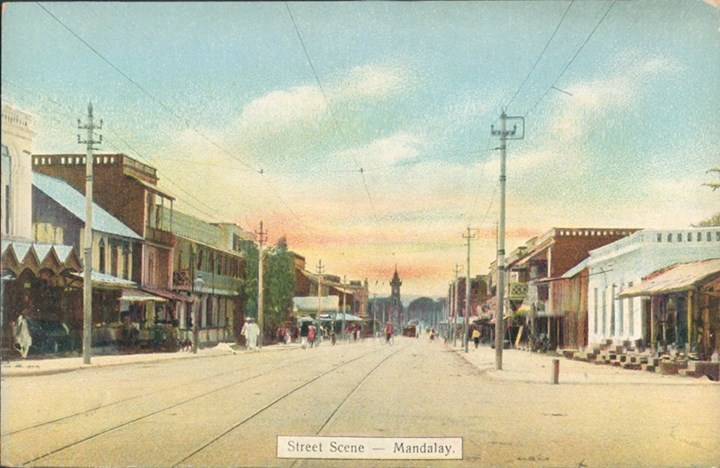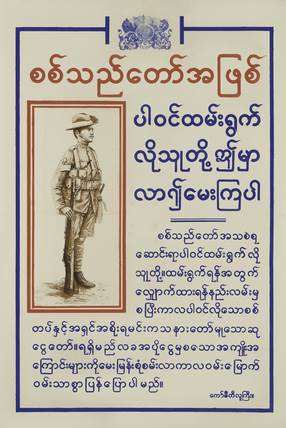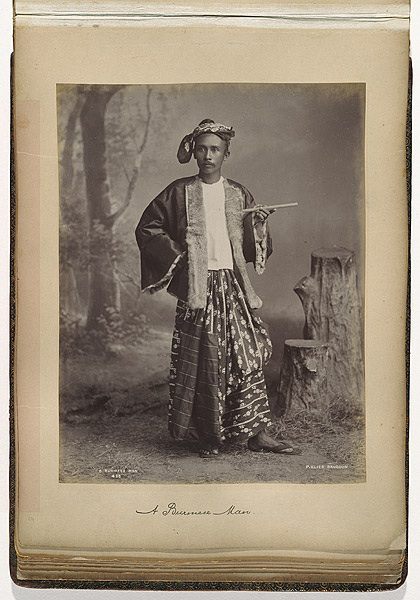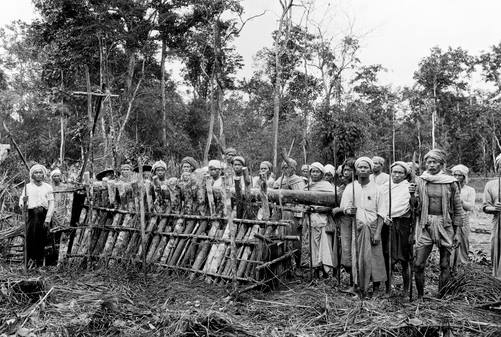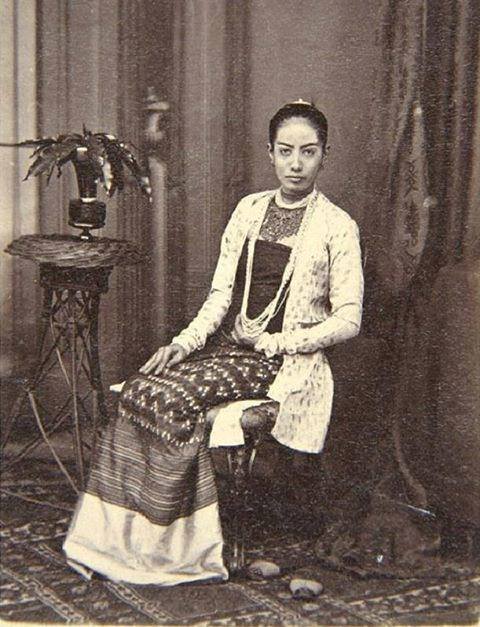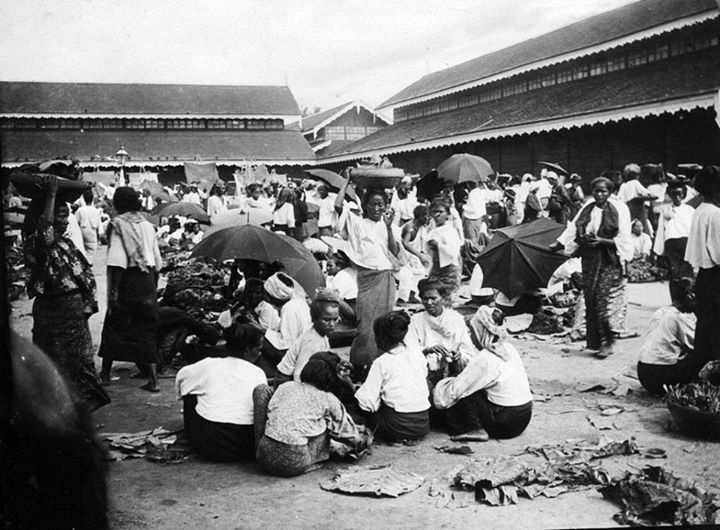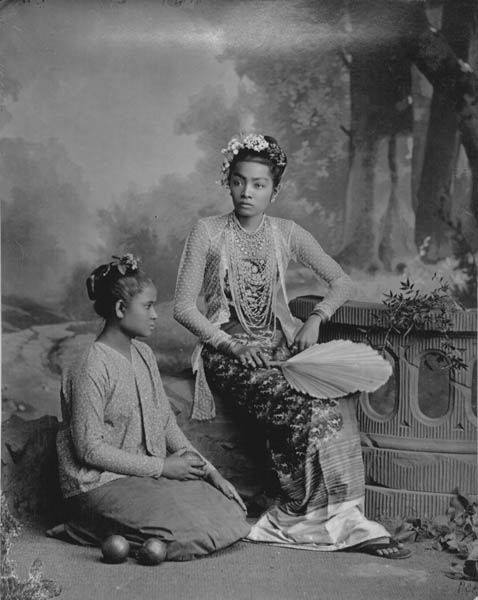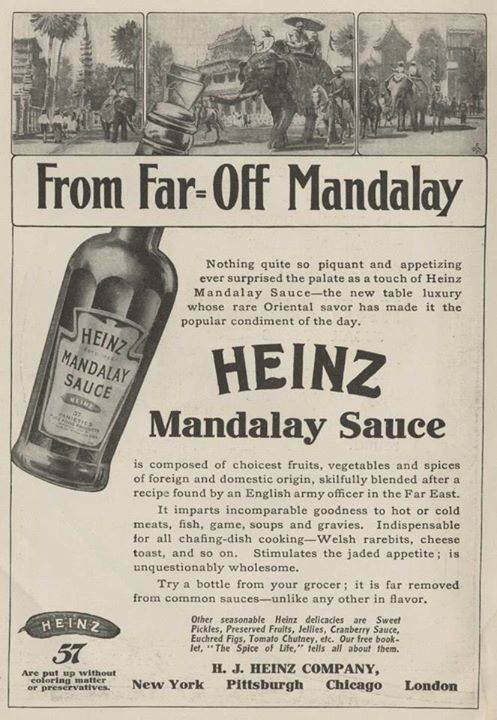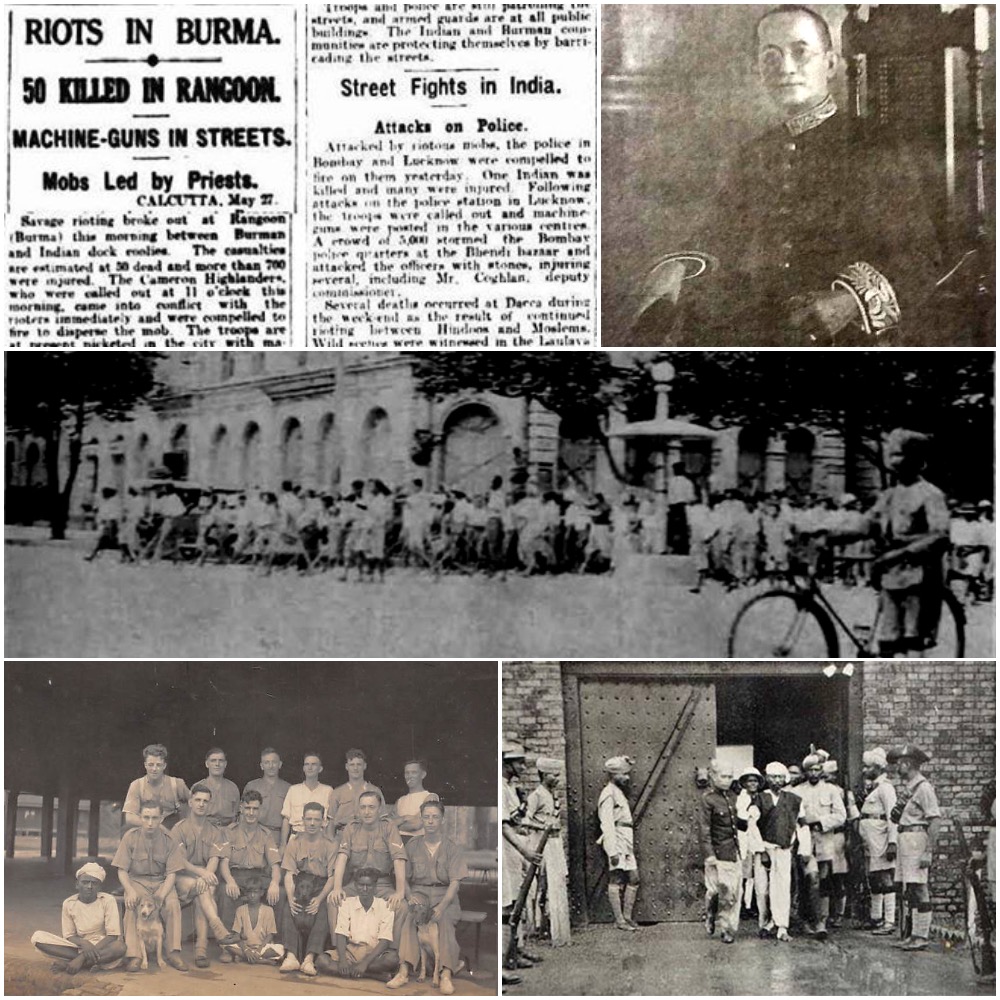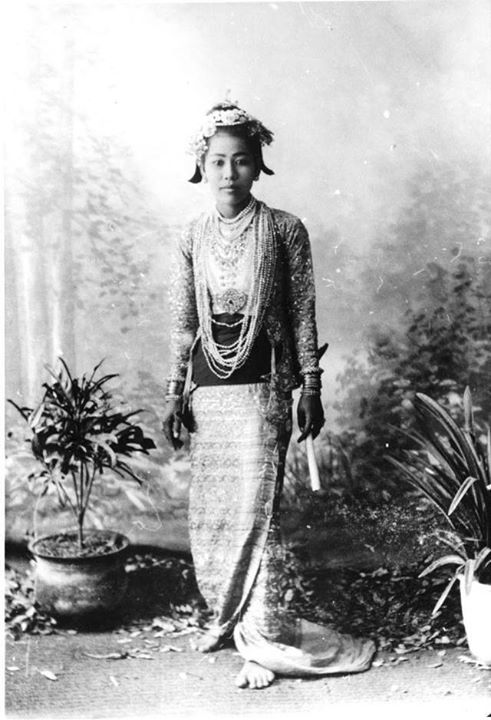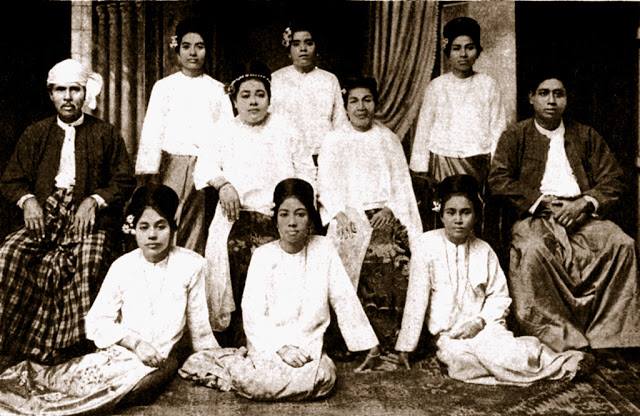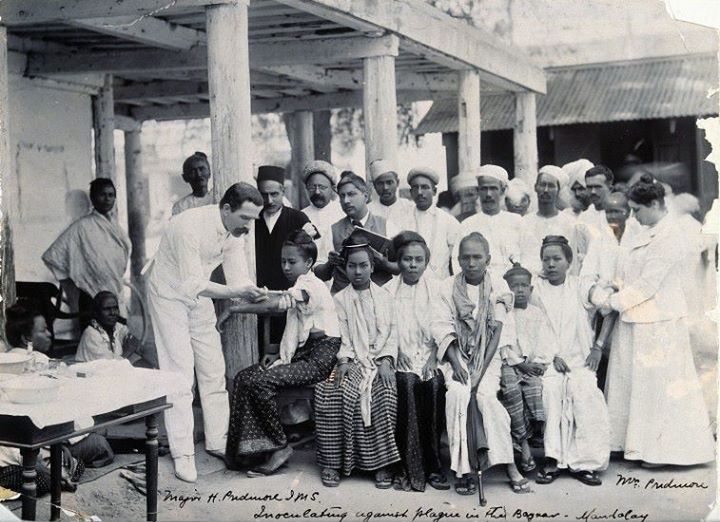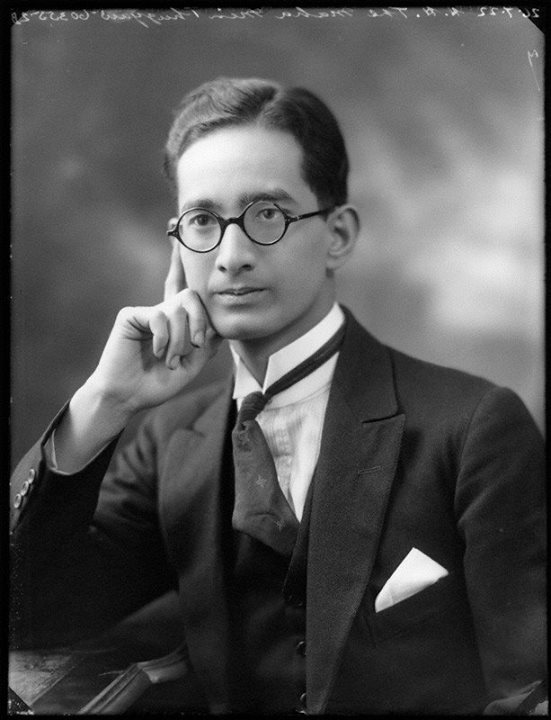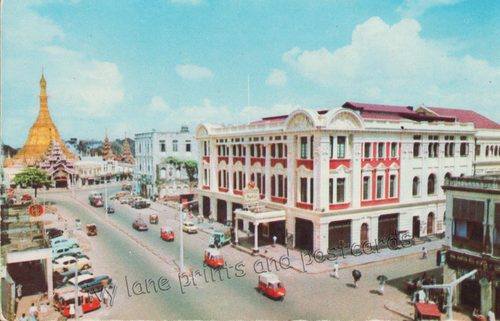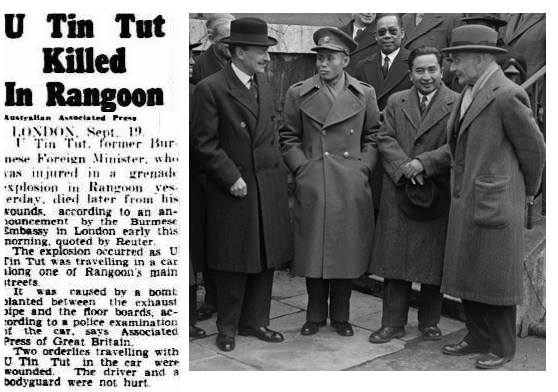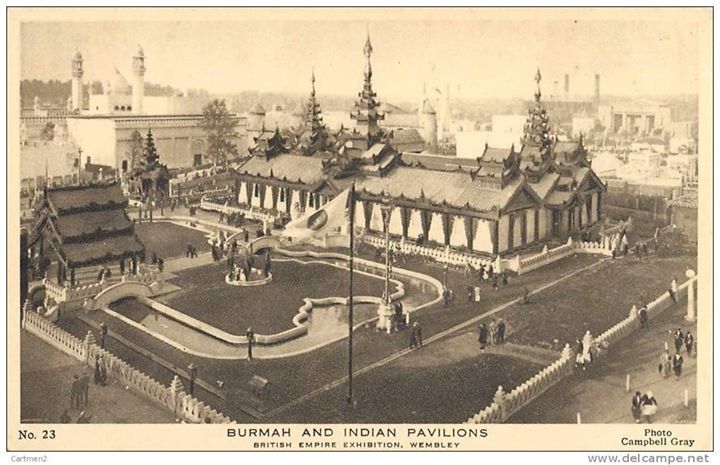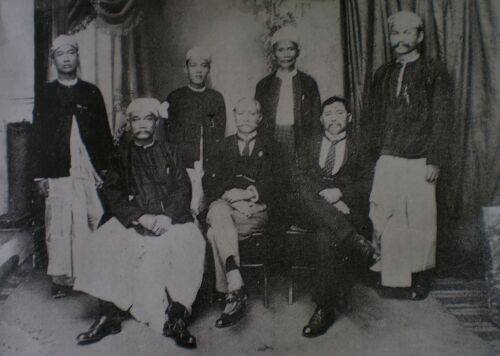British Burma (1826-1942)
For over a hundred years, Britain ruled parts of what is today Myanmar, shaping every aspect of the country’s politics, economy and society.
Far from being a static period of stability, British Burma was marked by change and upheaval. As it had done in India, the colonial power uprooted the ruling dynasty: the last Mughal emperor of India was secretly buried in Rangoon, while the descendants of Burma’s last king ended up living in penury in a slum in Kolkata, India.
It was a time of searching for new identities and political systems, with various forms of resistance to British rule from the armed uprisings during the early “pacification” of Upper Burma to the heated politics and protests of the decades prior to World War Two. The political landscape was peopled by British-educated Burmese politicians and home-grown activists inspired by Ireland’s Easter Rising of 1916. The first-ever election was held in 1922 and, a decade later, it was decided at the Burma Roundtable Conference in London that Burma would separate from British India – perhaps the single most important decision in Myanmar’s 20th-century history.
Through the empire and technological advancements in transport, Burma became connected with the rest of the world like never before: thousands of Chins, Kachins, Burmans and Karens served in World War One and Rangoon was a key stop on the world’s first long-haul commercial flights. Until the Great Depression struck, business boomed with big profits from exporting rice, teak and oil – at one time the Burmah Oil Company was one of the biggest multinational companies in the world.
In 1927, The Chilean poet Pablo Neruda lived in Rangoon and later encapsulated these heady times in a poem describing the capital of British Burma as “a city of blood, dreams and gold
Historic Events
From the Great Depression to Riots and Rebellions
In the 1930s, Burma was in crisis. Burma was then a province of British India. Under a new "dyarchy" system, the government included ministers chosen by the Legislative Assembly, which included both elected and non-elected Members. Elections had been held in 1922, 1925, and 1928 and were contested by an array of new political parties. The focus of all the political parties was constitutional change and "home-rule". At the same time, life for ordinary people was going from bad to...
Read MoreThe legendary Gertrude Bell in Burma in early 1903
Gertrude Bell (1868-1926), the near legendary British adventurer, archaeologist, administrator, and spy, led a life of adventure - Angelina Jolie was rumoured to be considering playing the role of Bell in a Ridley Scott bio-pic. The real-life Bell spent a couple of weeks in Burma in early 1903. Very little survives from the trip except a few letters home and this photograph, of a Burmese girl, taken by Gertrude Bell herself. The girl is said to be traditional dance performer...
Read MoreThe Bahai community of Myanmar
Taken in 1930, this photograph shows members of the Mandalay Bahai community. The Bahai are one of Myanmar's smallest and perhaps least known religious minorities. There are an estimated 80,000 Bahai in Myanmar. Bahai is a world-wide religion of about 5 million people (mainly in Asia, Africa and Latin America) that was founded in the mid-19th century. Bahai faith believes in one God and believes that many founders of world religions - including the Buddha, Moses, Jesus Christ, and Mohammed...
Read MorePeople in Mandalay being 'vaccinated' against the plague by a British physician in the early 1900s
A bubonic plague pandemic killed more than 15 million people around the world (mainly in India and China) in the early 1900s. It originated in Yunnan and killed thousands in Rangoon and Mandalay between 1905-6. This photograph shows people in Mandalay been "vaccinated" against the plague by a British physician. The vaccination was fairly ineffectual (and had serious side-effects). This photograph was probably meant to show the colonial authorities in a good light, looking after their new subjects in Upper...
Read MoreA mysterious Burmese prince?
This photograph is from the National Portrait Gallery in London, which has held only a handful of Burmese. The subject is listed as Prince Maung Maung Gyi, a great-grandson of King Mindon. Elsewhere, he is reported to be a grandson of Thibaw (which is impossible). His father is listed as Prince Maung Maung U but the name of his grandfather (Mindon's son) is listed as "unknown". Reportedly born in 1902, he seems to have been embroiled in a small scandal...
Read MoreThe Goan community of Myanmar
Rangoon was once home to a sizeable community of Goans (from then Portuguese Goa in India). The building in the picture was one of the biggest Goan businesses in the city: E.M de Souza's chemists (pharmacy) at 465 Dalhousie (Mahabandoola) Street. The building now belongs to Myanmar Posts and Telecommunications. Sadly, the portico has not been preserved.
Read MoreU Tin Tut, one of the most important figures in modern Burmese history
U Tin Tut, one of the most important figures in modern Burmese history, was born on 1 February 1895. He was educated at Dulwich and Queen’s College Cambridge in the United Kingdom. A star rugby player (he captained his college team), he was after Cambridge called to the English bar and became as well a King’s Commissioned officer in the (British) Indian army. He went onto become the very first Burmese to join the hallowed ranks of the elite Indian...
Read MoreLondon-Rangoon direct on Imperial Airways 1935
During the first couple of decades of commercial aviation, flying from England to Australia always meant stopping in Rangoon. Imperial Airways was the British government's "chosen instrument to connect Britain with its extensive overseas interests" and, in 1934, the commercial airline established what was then the world's longest air route from Croydon in South London, UK, to Brisbane, Australia. Shown here are the main routes flown by Imperial Airways and a tourism poster produced b y Indiann State Railways and...
Read MoreA little Burma in England: the "British Empire Exhibition" of 1924-25
The "British Empire Exhibition" of 1924-25 was the largest exhibition ever staged anywhere in the world, attracting over 27 million visitors to Wembley (near London). The exhibition covered hundreds of acres and included "Palaces" dedicated to Engineering, the Arts, and Industry, as well as "Pavilions" showcasing the different countries in the empire. Australia, Canada and India had the biggest pavilions, followed by Burma, New Zealand, Malaya, and South Africa. The Burma Pavilion was partly designed by U Tin who later...
Read MoreDr San C. Po, the leading Karen political leader of his time
Dr San C. Po, the leading Karen political leader of his time was born near Bassein (Pathein) on 4 October 1870. He travelled to the US at the age of 14, eventually studying medicine at Albany. He becamethe first "Burmese-American" but later returned to Burma and later renounced his US citizenship to enter Burmese politics. He was a medical doctor and writer, as well as a politician and Karen nationalist, serving for many years in the Legislative Council. In 1933,...
Read More